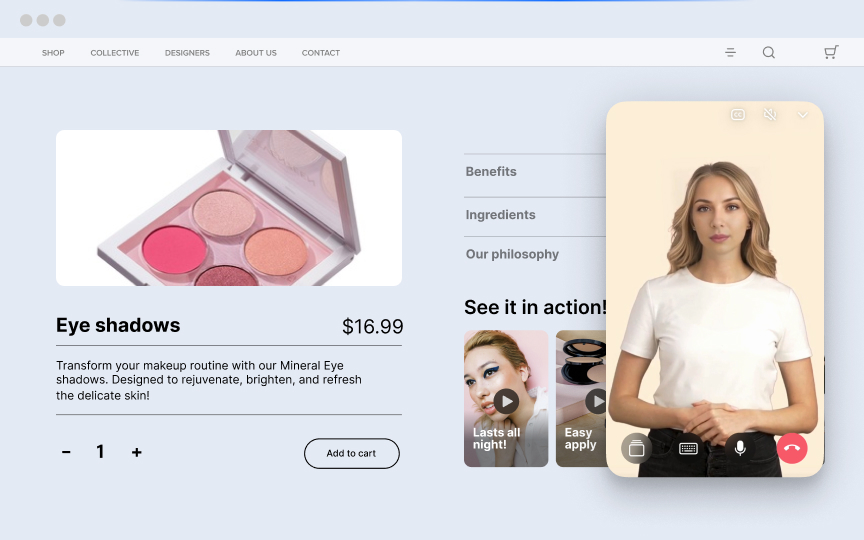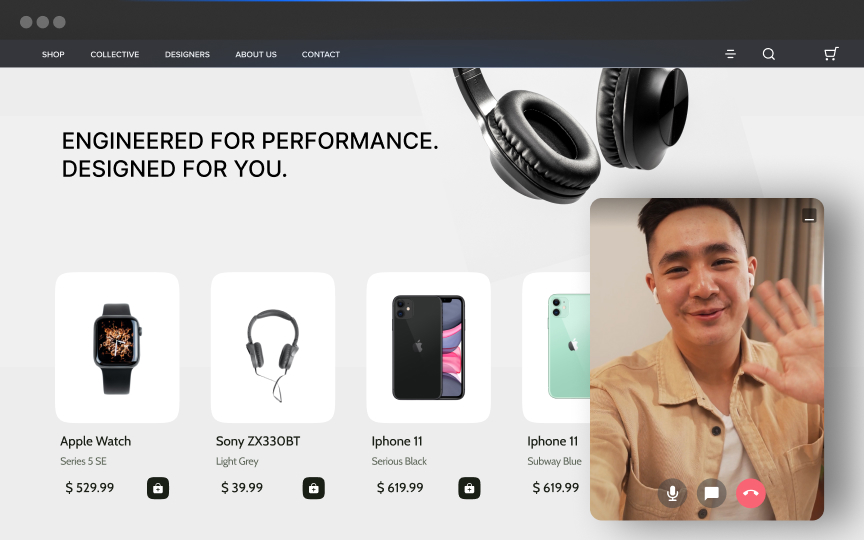Still relying on spreadsheets and guesswork for pricing? That approach is outdated. AI pricing engines analyze competitor catalogs, sales velocity, inventory levels, and weather patterns simultaneously, far more data than any human team could process in real time.
These systems make precise price adjustments instantly rather than the weekly or monthly updates most teams manage.
Human limitations are obvious. Cognitive biases, slow reaction times, and the inability to monitor thousands of products 24/7 create a clear performance gap. Here are five AI tactics that deliver better prices, higher profits, and sustained competitive edge.
1. Dynamic Pricing
Dynamic pricing utilizes AI to instantly adjust prices in response to competitor movements, demand shifts, and changing market conditions. These systems process live sales data, competitor prices, seasonal patterns, and even local weather to update prices within seconds. This meets customers where they are, in terms of their willingness to pay, while traditional pricing teams struggle with manual updates.
For successful implementation, establish clear boundaries, including minimum and maximum prices, as well as acceptable daily change limits, to protect margins without causing customer shock. Monitor customer reactions and refine your approach. With these safeguards in place, dynamic pricing becomes an automatic growth driver, continuously updating prices in response to market conditions.
2. Inventory-Aware Discounting
Inventory-aware discounting links current stock levels with predicted demand, automatically adjusting prices before products sit on the shelf for too long —a capability far beyond what traditional e-commerce inventory management can handle. Instead of uniform discounts at month-end, AI examines each product's performance and applies precise discounts only when necessary.
The system combines live inventory data, historical sales patterns, and planned promotions into a unified forecast. It then calculates the smallest discount needed to move excess stock while preserving margins. Traditional methods rely on teams reviewing spreadsheets and applying broad percentage cuts across categories.
To implement this approach, connect your pricing engine with inventory systems, establish margin requirements, and allow the model to learn from your data. You'll still review recommendations, but the guesswork disappears.

3. Predictive Markdowns
Predictive markdowns anticipate the optimal timing and depth of price reductions. By analyzing past sell-through rates, seasonality, and competitor actions, AI determines when to reduce prices, by how much, and on which products before demand drops. This results in fewer panic discounts and better margins.
Humans typically follow rigid rules, like set percentage reductions after specific time periods. AI can update prices daily or hourly, allowing excess stock to clear more quickly while popular items maintain their full price for a longer period.
To begin, provide the model with historical sales and inventory data. Decide whether you prioritize profit or clearance speed, and set limits that protect your brand image. Let the system learn, monitor its suggestions, and watch inventory efficiency improve.
4. Personalized Offers
Personalised AI pricing engines track customer behavior to create real-time prices and promotions calibrated to individual patterns, purchase history, and churn risk. By grouping customers by value, price sensitivity, and buying patterns, algorithms identify micro-segments that would overwhelm human teams.
Customer experience improves as conversion rates in e-commerce increase, basket sizes expand, and retention strengthens, because customers feel that prices align with their willingness to pay. Attempting this manually becomes impossible beyond a few broad segments.
Establish clear guidelines for implementation. Comply with privacy laws, explain price variations transparently, and regularly review models to ensure AI-driven personalization feels helpful rather than intrusive. This approach strikes a balance between revenue optimization and customer trust.
5. Contextual Bundling
Contextual bundling utilizes AI to create product packages tailored to real-time customer behavior, inventory status, and purchase patterns. When a customer selects a product, the system identifies complementary items, checks inventory, and presents targeted bundles with strategic pricing.
The AI advantage comes from processing speed and scale. These systems analyze thousands of product combinations simultaneously, testing which pairings drive higher conversions. Traditional merchandisers typically create fixed bundles based on intuition or basic sales data, while AI adapts bundles in real-time based on multiple factors.
For successful implementation, provide clean product relationship data, set minimum margin requirements, and closely monitor early results. Establish clear boundaries to maintain fair pricing while allowing the algorithm to optimize bundle performance through continuous testing and evaluation.
Why AI Pricing Wins — and Keeps Winning
AI-powered pricing transforms how businesses respond to market dynamics, delivering significant competitive advantages through intelligent automation. Key benefits include:
- Real-time competitive response - Continuously monitors marketplaces and competitor sites to detect price changes within minutes, automatically adjusting your prices without triggering price wars or missing out on live sales opportunities
- Demand-sensitive pricing - Evaluates real-time signals during sales surges, flash sales, or inventory fluctuations to adjust prices in seconds, capturing extra margin that would be lost waiting for manual pricing meetings
- Accurate demand forecasting - Processes years of sales history, seasonality patterns, and marketing calendars to predict demand with precision that far exceeds spreadsheet capabilities
- Advanced customer segmentation - Groups shoppers by behavior, price sensitivity, and churn risk, enabling premium pricing for loyal customers while offering targeted discounts to bargain hunters
- Seamless platform integration - Connects directly with standard e-commerce platforms to simultaneously update prices across web, mobile, and marketplaces.

Getting Started: How to Align AI Pricing With Your Team and Tech Stack
Most pricing teams fail at AI implementation because they treat it like another software rollout. That's backwards thinking. AI pricing transforms decision-making workflows, not just data processing.
Fix Your Data Foundation First
AI pricing engines require clean, integrated data streams from your e-commerce platform, inventory management system, and sales analytics. If your current systems operate in silos, address those gaps first. Most teams underestimate this step and wonder why their AI recommendations feel disconnected from reality.
Redefine Team Roles
Your pricing team transitions from number-crunchers to strategy architects, setting boundaries and monitoring AI performance rather than manually updating spreadsheets. Finance needs visibility into margin protection rules. Marketing requires input on the integration of promotional calendars. IT handles system connections and monitors data flow.
Configure Guardrails Before Launch
Set minimum and maximum price thresholds, daily change limits, and category-specific rules that protect your brand positioning. These boundaries prevent AI from making changes that damage customer relationships. Most successful implementations start conservatively and gradually expand freedom as confidence builds.
Train for Interpretation, Not Operation
AI handles calculations and adjustments, but humans validate recommendations, adjust strategic parameters, and explain pricing decisions to stakeholders. Focus training on reading AI insights and translating algorithmic recommendations into business language.
The Future of Pricing is AI-Powered
AI-driven price optimization outperforms intuition-based pricing. Algorithms process thousands of signals per second and adjust prices faster than human analysts. Many retailers report significant revenue and margin improvements after implementing these systems.
The five approaches — dynamic pricing, inventory-aware discounting, predictive markdowns, personalized offers, and contextual bundling — work together to maximize revenue while protecting margins. When strategic human oversight combines with AI's computational power, pricing becomes both smarter and more resilient.
Early adopters build data advantages, learn more quickly, and widen their competitive gaps. Want to future-proof your business? Make AI-driven pricing your priority and discover how Firework's video commerce solution can revolutionize your brand's digital presence, connecting your dynamic pricing with engaging shopping experiences that convert at higher rates and maximize your newfound pricing advantage. Book a demo today!
Unlock Exclusive Insights
By submitting this form, you agree to Firework's privacy policy and consent to receive personalized marketing communications. You can unsubscribe at any time.




























